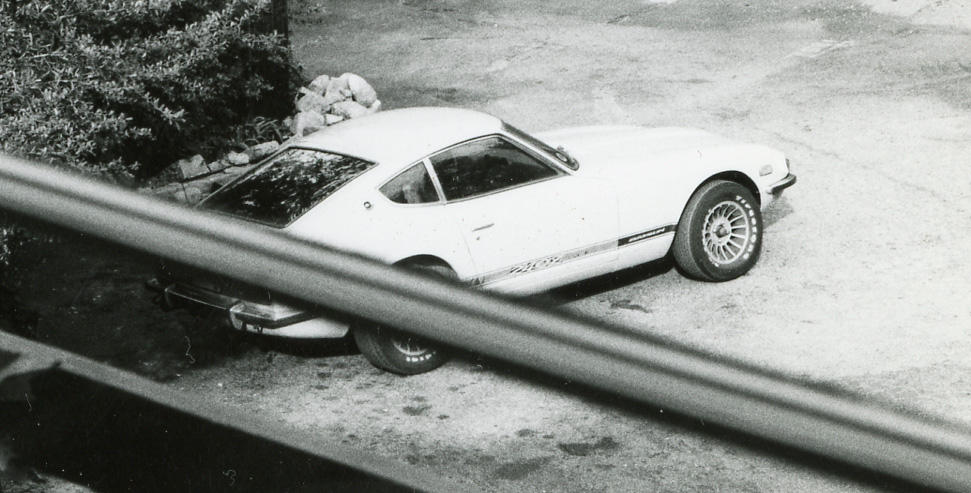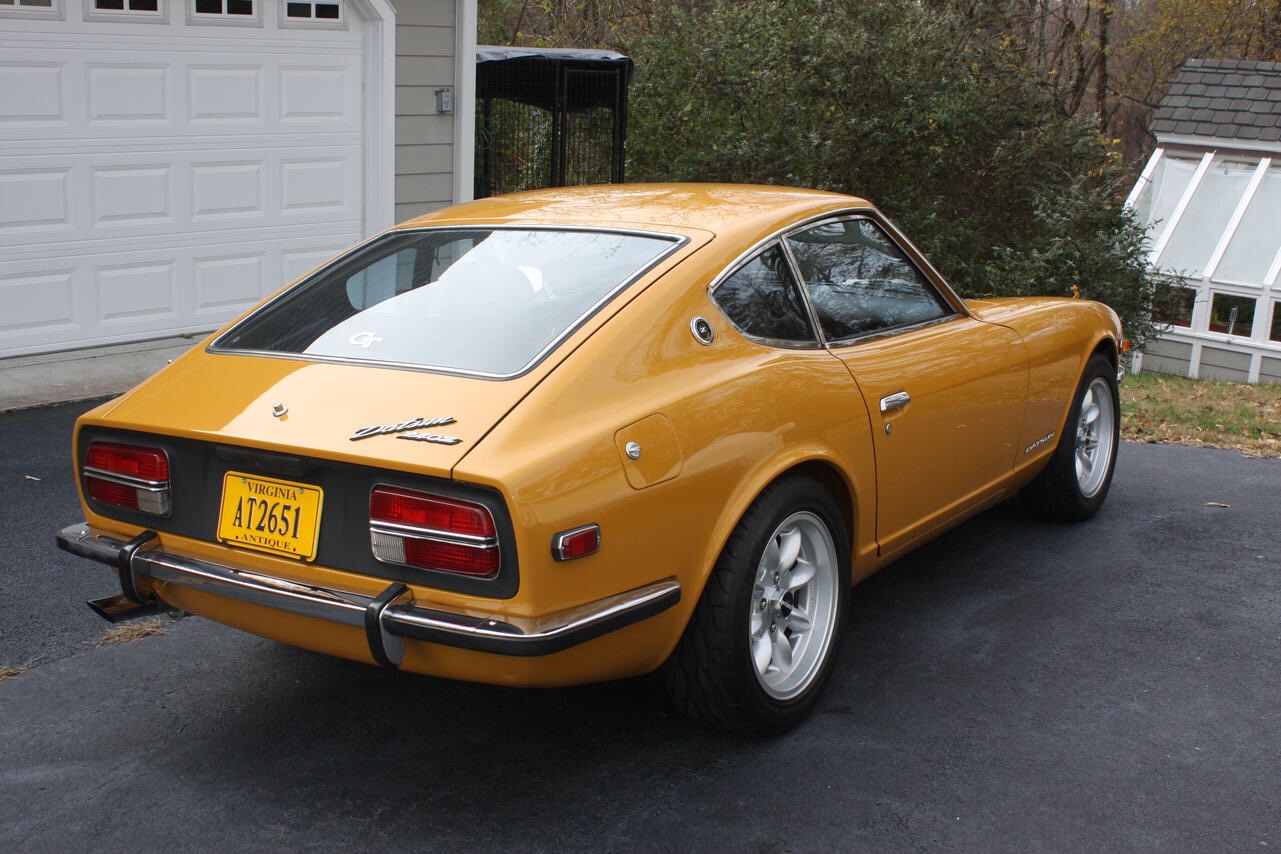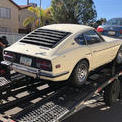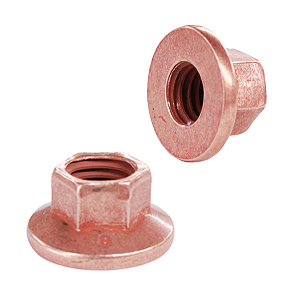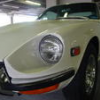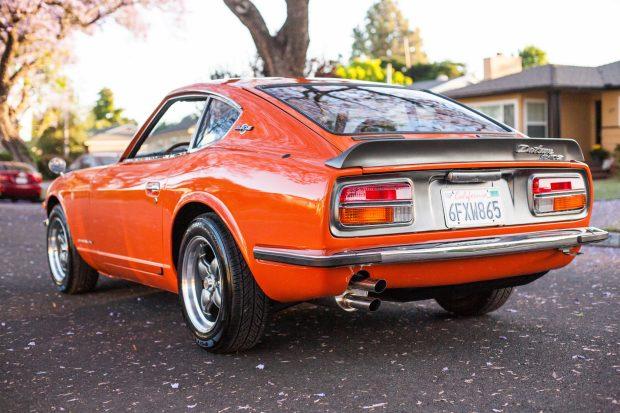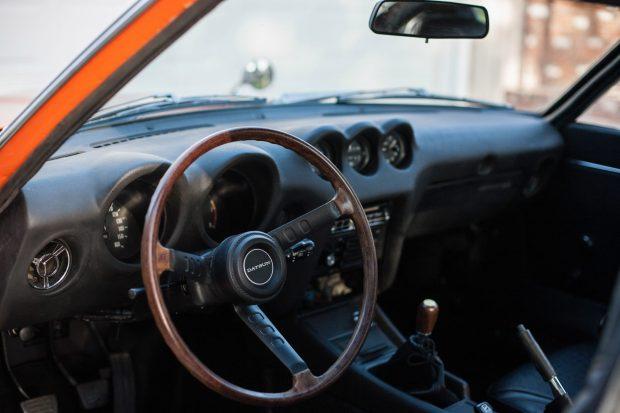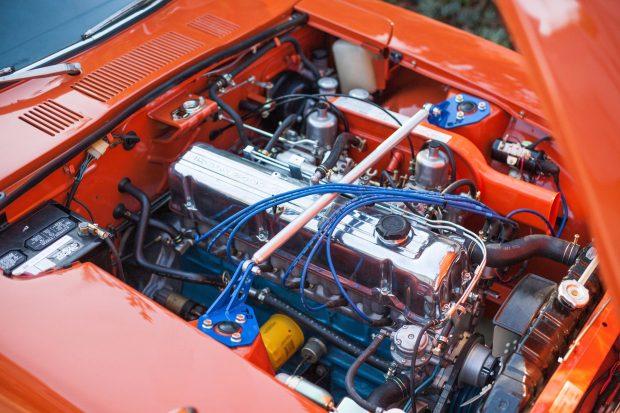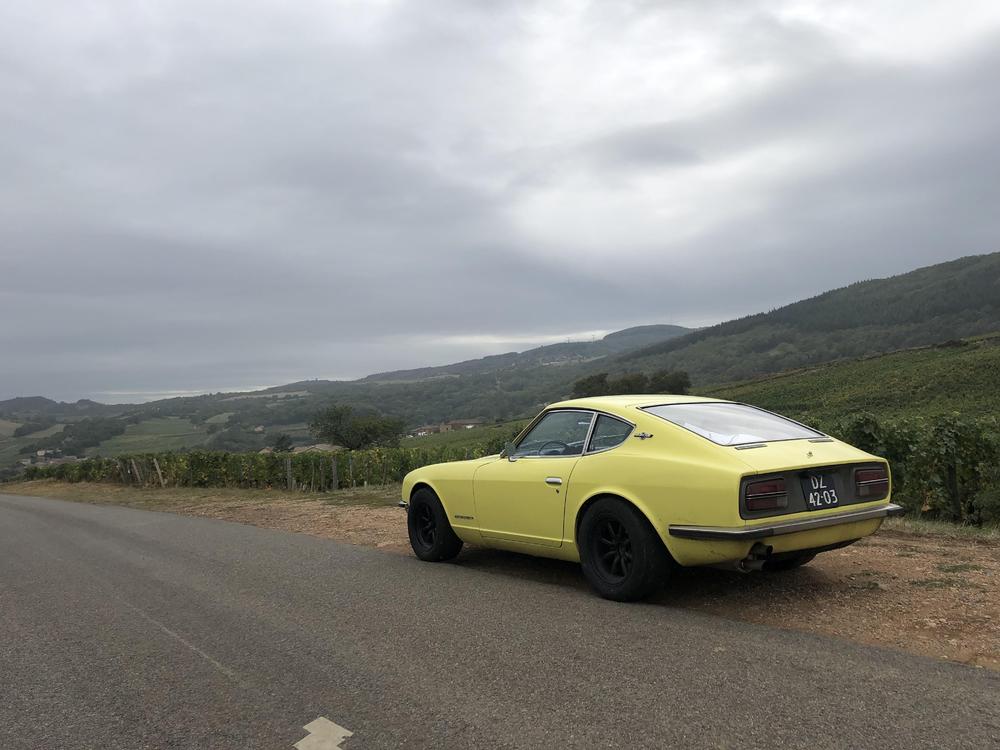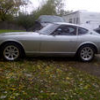Here's some discussion about the insertion of those rear outboard bushings in this thread: https://www.classiczcars.com/forums/topic/55369-1971-hls30-14938-lily-build/?page=2&tab=comments#comment-525861
From that other thread:
I also found a tiny bit of asymmetry with the rear spindle pin bushings as well. I don't know if it was designed that way, or if it was an accident, but I found a slight difference in the distance the metal collars stuck out of the new rubber bushings. One side was longer than the other, and all of them were consistent (as though it was done on purpose and not an accident).
I put all four of them in such that the smaller distance was inward towards the strut body and the longer portion was on the washer and nut side. I found that with the bushing pressed into the center of the control arm receiving cylinder, the distance between the two bushings worked out to almost exactly the width of the strut knuckle casting.
I found that if I reversed the bushings and centered them, I ended up with a gap where the strut knuckle fit. Of course, it was a small gap and would have easily clamped down as I tightened the spindle pin nuts, but I figured if I didn't have a gap in the first place, that would be better. Also, putting the longer end on the outside allowed more room for the rubber sealing washer.
Don't know if all the aftermarket bushings do that, but I bought Raybestos 570-1030 - There are two bushings per box, so two boxes per car.
If you squint right, you can see the asymmetry in this pic. See how the center sticks out farther on one side than the other:
I found I liked the fit better with the short sides inboard towards the strut body.
I found that if I reversed the bushings and centered them in the arms, I ended up with too small of a gap where the strut knuckle fit between the two bushings. Of course, since it's just rubber, I could have forced the bushing centers apart a little and forced the strut body between them, but I figured if things lined up naturally without having to do that, it would be better.
With the small sides in, when I centered the bushings in the receiving cylinders in the arms, it worked out almost perfect such that the distance between the two bushings was very very close to the width of the strut housing. Seemed to perfect to be coincidental.
So I don't know if they were really designed to be that way, but it worked for me. And if you're seeing the same small difference on OEM bushings as I saw on aftermarket MOOG, then I'm starting to believe it really might be intentional.
